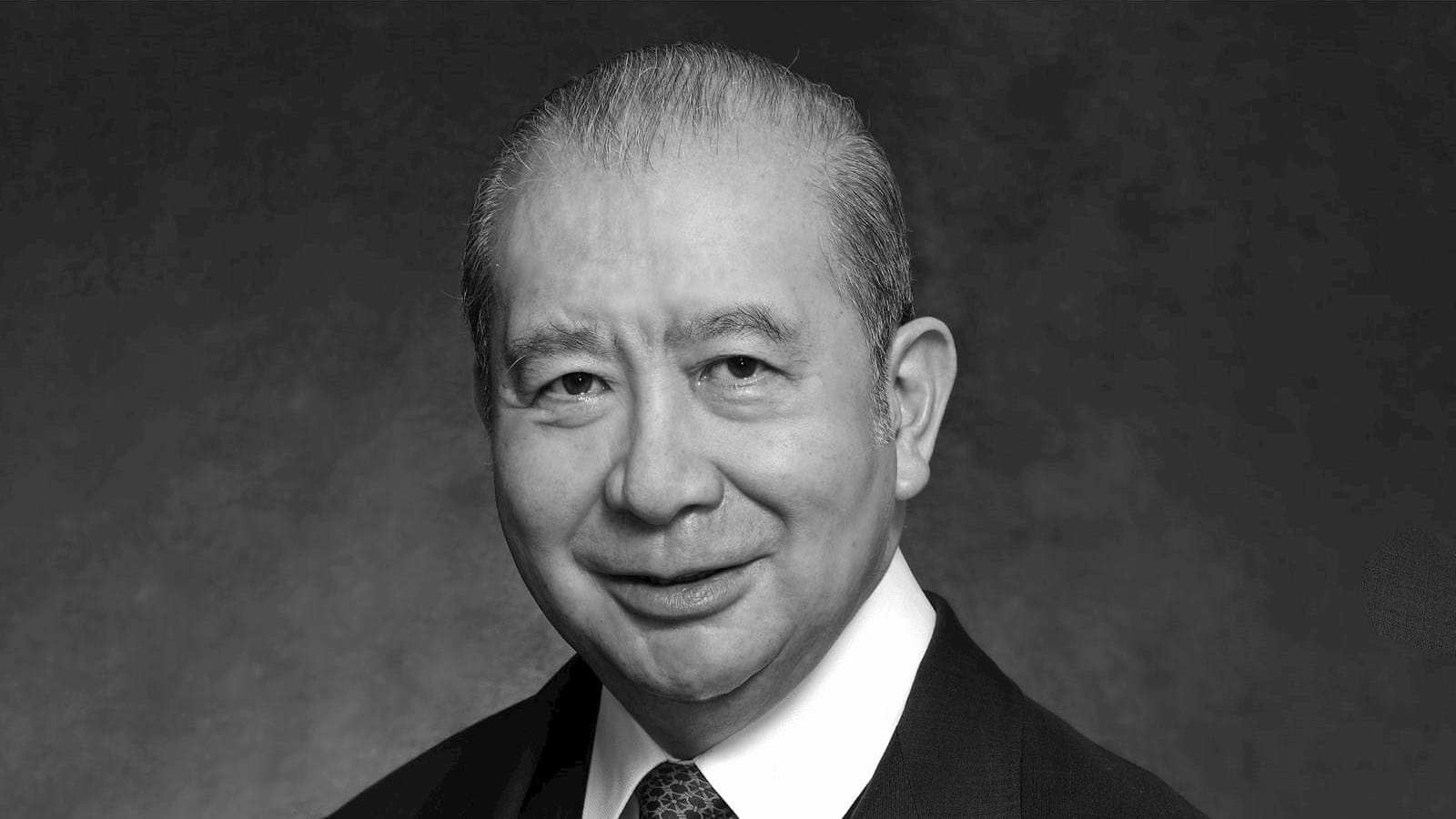Sir David KP Li from The Bank of East Asia explains how his organisation’s business model responded to the challenge of COVID-19.
The health and safety of employees and customers came first for The Bank of East Asia when COVID-19 broke out earlier this year. The SARS outbreak of 2002/2003 influenced the bank’s response, shaping its thinking around planning for a pandemic.
“We sadly lost one of our employees to SARS,” says Sir David KP Li, Executive Chairman. “I did not want to see that happen again. So, we worked hard to anticipate what we would need if SARS ever returned.” This year that preparation paid off. When COVID-19 broke out, the bank had sufficient supplies to distribute face masks to its entire workforce of more than 9,800 staff.
The bank also responded by arranging work-from-home and split-team operations for all departments in order to reduce opportunities for infection while maintaining most services. “At the peak of the crisis, we also closed a number of our branches,” says Sir David.
“COVID-19 tested the bank’s defences to see if we could safeguard our employees and customers while sustaining our daily operation,” he reflects. “I would say that three factors were key to our effective response: our human resources strategy, our digital capability and our risk management function. All are fully resourced, both in terms of funding and personnel. These areas have been priorities of mine for some time.”
Many of the measures brought in to prevent infection are still in effect today. “We continue to check the temperature of every person entering a branch and provide hand sanitiser for their use,” says Sir David. “And they must wear face masks.” The bank is grateful customers have willingly cooperated to keep themselves and others safe.
The bank is committed to measures such as further enhancing its online banking, which has boosted its productivity during the crisis. “We intend to constantly improve our ability to serve customers remotely as well as in person,” says Sir David. “And we will integrate new solutions that serve this purpose as and when appropriate.”
The pre-pandemic investment in online and mobile banking services paid off. The bank experienced a major increase in digital transactions as the pandemic worsened. Online wealth management transactions rose by 45% year on year during the first quarter, for example. Online credit card transactions rose by 30%. Sir David believes the general trend towards digital banking will continue. This, in turn, will help to drive the development of new fintech solutions.
The bank also supported the Hong Kong government’s Special 100% Loan Guarantee scheme, which supports SMEs. “By the start of June, the bank had received more than 1,500 loan applications and more than 320 applications had been approved,” Sir David says.
The bank’s risk-management function also conducts regular stress tests, which were very effective as the pandemic escalated. “The tests alerted us to problem areas, and we took immediate action,” says Sir David. “Our modelling proved to be very sound, and we anticipated emerging issues so that they could be dealt with effectively.”
He adds: “COVID-19 also proved the effectiveness of our emergency response team, which integrates numerous departments and pulls together resources to address emergencies such as a pandemic. A post-emergency evaluation is now being carried out to see how our response can be further improved.”
The Bank of East Asia is not assuming that the COVID-19 crisis has passed – or even that the worst of it is over. “Now that everyone is back in the office, we are preparing for the next time,” says Sir David. “We have surveyed all departments to update our remote work contingency plans – for example, we plan to purchase more tablets to provide a secure connection to the bank’s email system.”


